
PGL Masters Bucharest 2025
Contents
Recomended bookmakers
The PGL Masters Bucharest 2025 is positioned as one of the premier non-Majors – i.e., it’s not a Valve Major – events in the global CS2 competitive circuit (outside the official CS2 Major championship cycle), but PGL’s attempt to create its own prestige brand, similar to how BLAST has BLAST Premier and ESL has ESL Pro Tour Masters events.
The PGL Masters Bucharest 2025 runs from October 24 to November 1, 2025, ending a day earlier than originally planned (it was shifted from November 2).
Where Will the PGL Masters Bucharest 2025 Be Held?
The venue is PGL Studio in the Romanian capital city, where 16 teams will vie for prestige within PGL’s eSports realm. So, it’s an offline, LAN event.
Prize pool & distribution:
| Category | Amount |
| Total prize pool | US$625,000 |
| Breakdown by placement | • 1st place: $200,000 • 2nd: $93,750 • 3rd: $75,000 • 4th: $43,750 • 5-8th: $31,250 each • 9-11th: $15,625 each • 12-14th: $9,375 each • 15-16th: $6,250 each |
Which Teams Will Take Part in the PGL Masters Bucharest 2025?
All 16 teams will be invited via the Valve Regional Standings (VRS) system (as of September 2025 ranking) — there are no open qualifiers this time.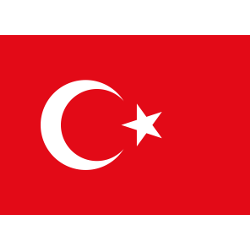






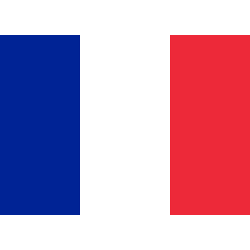







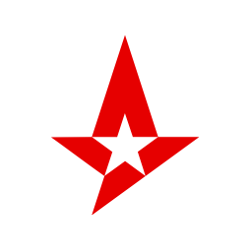

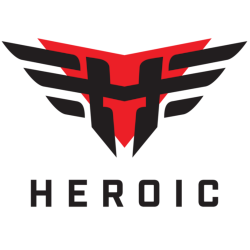
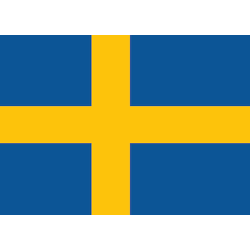



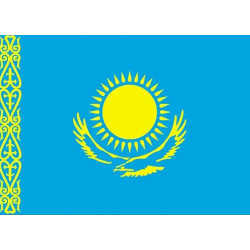
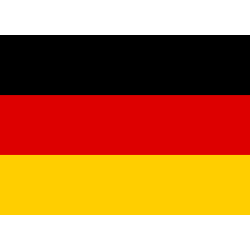
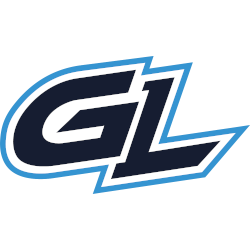
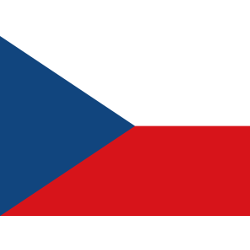
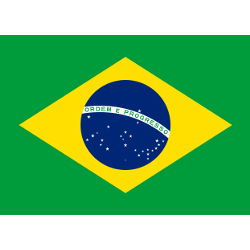




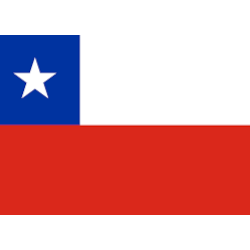
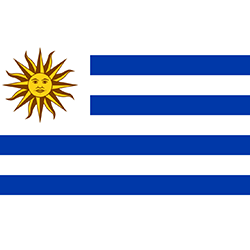







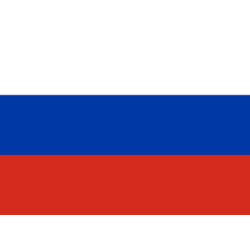

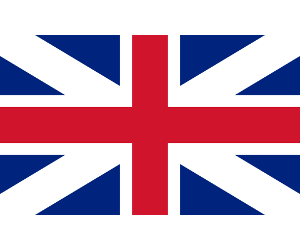
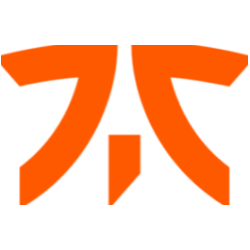
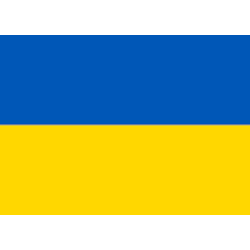






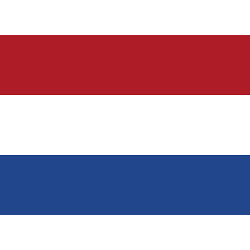



The exact list of the teams (who have accepted, who have been invited, etc.) hasn’t been shared publicly. As of now, tournament organizers (PGL) haven’t posted the final team lineup.
Features of the PGL Masters Bucharest 2025
The tournament consists of two main stages:
Group Stage (Swiss System)
- Dates: October 24 – October 29, 2025
- 16 teams compete in a Swiss System.
- All matches are Best-of-3 (Bo3).
- A team advances to the Playoffs upon winning three matches. A team is eliminated after three losses.
- Top 8 teams (those reaching three wins before three losses) proceed to the Playoffs; the other eight are eliminated.
Playoffs (Single-Elimination bracket)
- Dates: October 30 – November 1, 2025
- Single-Elimination bracket with the eight qualified teams.
- All matches except the Grand Final are Bo3.
- The Grand Final is Best-of-5 (Bo5).
Who’ll Win the PGL Masters Bucharest 2025?
Given that it’s unclear which teams will accept the invitation to take part in the PGL Masters Bucharest 2025, it’s impossible to determine the favorites. In the April edition of PGL Bucharest 2025, teams like Team Vitality, Team Spirit, and MOUZ weren’t present, which shifted predictions and opened up opportunities for others.
Betting on CS2 is offered on many eSports betting sites—both “traditional” bookmaker platforms and specialist CS2 betting websites. These will launch odds for the PGL Masters Bucharest 2025 soon, for sure.
While we didn’t find detailed, confirmed numbers for viewership peaks in the sources we checked, specialized sites like Esports Charts track metrics for the tournament, and you can see the viewership numbers there.
The event is streamed on PGL’s own channels, especially Twitch and YouTube. There may be multiple streams (main + secondary) to cover simultaneous matches.
PGL Majors vs. Valve Majors: Pros and Cons
| Category | PGL Majors – Pros | PGL Majors – Cons | Valve Majors – Pros | Valve Majors – Cons |
| Production quality | Renowned for high-end broadcast production, creative stage setups, and a strong on-site atmosphere. | Sometimes criticized for over-the-top visuals or pacing issues during broadcasts. | Consistent Valve oversight ensures uniform production standards across Majors. | Production quality can vary between organizers (if Valve changes partners). |
| Innovation | Often pioneers new features (e.g., AR/VR elements, advanced replays, new stage formats). | Risk of experimenting with untested features that not all fans enjoy. | Stays closer to the traditional CS esports feel, which appeals to purists. | Less willingness to innovate, can feel formulaic compared to PGL. |
| Global reach & branding | Strong branding in esports; well-marketed internationally with memorable event names. | Branding is tied to PGL, so prestige is more limited if compared with the “Valve Major” label. | “Valve Major” label carries maximum prestige in the CS scene. | Less individual branding for the organizer — focus is on “Major” status, not the brand. |
| Competitivee field | Attracts all top teams when it’s an official Major; when it’s a non-Major, it still often draws big names via invites. | Non-Major PGL events can have fewer top teams if the schedule clashes with Valve events. | Always features the strongest teams globally, determined through official RMR qualifiers. | Qualification format can result in big teams missing out, lowering entertainment for casual fans. |
| Prize pool | Generous prize pools in Majors (e.g., $1.25M in Antwerp 2022) and large for non-Majors too. | Smaller than Valve’s overall investment in the Major ecosystem. | Major prize pools are large ($1.25M), plus teams earn sticker revenue, which can exceed winnings. | Sticker money distribution is opaque and can be controversial. |
| Viewer experience | Often offers multiple language streams, interactive fan engagement, and behind-the-scenes content. | Regional streams can vary in quality depending on partners. | Huge global audience with maximum hype and visibility. | Mainstream focus can make content less tailored to hardcore fans. |
| Legacy & impact | PGL Majors like Stockholm 2021 & Antwerp 2022 are seen as historic events in CS esports. | Only a handful of PGL Majors exist, so legacy is still building. | Valve Majors define eras of CS, with a long-standing tradition since 2013. | Less room for creative identity because the format is tightly controlled by Valve. |






